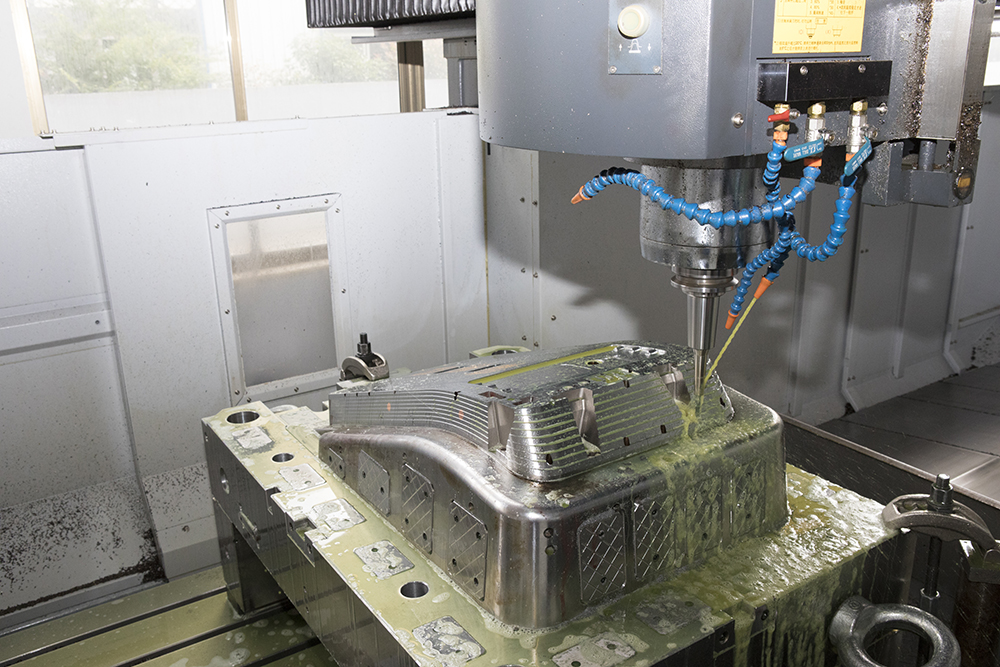The main differences between a regular injection mold a […]
The main differences between a regular injection mold and precision mold are the tolerance, or tolerance of variation in size: While most regular injection molds have a tolerance of around +/ 0.00%, precision moldings hold tolerances of up to -0.002% to 0.002% (or even less, in cases where extreme shrinkage occurs). This is important because the larger the range size of the part, the higher the tolerance of the part. The key reason for this is because the large variations in size affect the internal pressure that the part can tolerate, and the higher this pressure, the higher the tolerance of the part (since it will be unable to handle the force applied to it). Also, since the large range sizes are more irregular, they are much less predictable than the small sizes, which can have much better yield and consistency. Finally, because the large range sizes require higher volume production, they cost more to produce.
The tolerance in high precision molds is measured by tensile strength (Tensile strength is defined as the strength, or toughness, of a metal when applied to a load, without breaking or pulsating.) The tensile strength of a part, measured in Newtons, is typically calculated with a standard formula: N*(lbs/inches) -Tensile strength, where N is the pounds per inch, Tensile strength is in Pa, and P is the square foot. The smaller the part, the lower the Tensile strength, while the larger pieces usually have much higher Tensile strength. These values are measured over the length of the piece, not just across it like with injection molding. This means that if two pieces of the same size and weight are compared, one will always have higher Tensile strength than the other.

In order to obtain the greatest possible precision mold capabilities, manufacturers look for accurate equipment. Some of the best options are found on the market today, such as the K&N Intellicraft CNC Pro Molds. These machines utilize state of the art computer software, along with proprietary software from K&N. Computer assisted design or CAD is used to design the item, and the product is then moved on to machining to achieve the highest levels of quality.
A large factor in precision molding is shrinkage. Shrinkage occurs when the plastic material expands or contracts during the manufacturing process, causing imperfections in the finished product. Since plastic materials are man-made and unique, there is a good chance that this can occur, however with K&N machines, the manufacturing process is much less likely to cause shrinkage.
Another important feature in precision molding is the use of precise tolerances. These are measurements that specify the smallest pinpoint changes that will affect the completed product. This allows the manufacturer to produce thousands of identical products without them being different from each other. Along with using precise tolerances, a tooled tapered insert helps to ensure that the plastic material will not break away from the mold while it is being formed.
When purchasing precision mold building tools, it's important to consider the type of equipment that will be required. There are both hand and automatic injection molds available on the market today. The choice will ultimately be a matter of personal preference and what the builder needs to produce. Most machine shops and manufacturers will have information available on the molds that are most appropriate for the job. It's also a good idea to have a basic understanding of auto injection molds in order to determine what type of tooling is required. In order to ensure that the molds produced are high quality and will last for years, many companies choose to purchase them in bulk.